Diabetes and Foot Health
This post was reviewed by our Director of Clinical Excellence and Oversight.
The key to avoiding serious complications is to get up close and personal with your lovely—or not-so-lovely—feet. Sure, they’re just hanging out down there at the ends of your legs. But that’s no excuse to ignore them, especially when the consequences can be serious. Inspect them, give them the TLC they require, and pay attention to any signs of a possible problem.
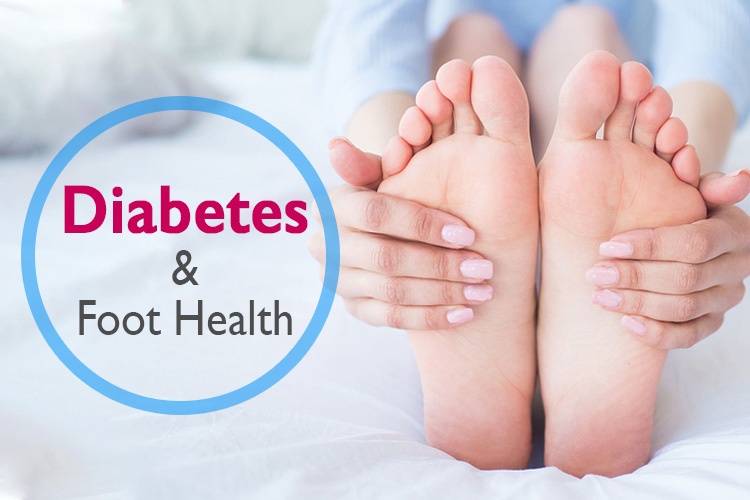
Think on (and about) Your Feet
Why does diabetes do a number on your feet? There are two main reasons. The first is that high blood sugar can cause nerve damage that can reduce feeling in the feet. You might not even be aware that a sock or a tight shoe is rubbing your toe and causing a blister or sore until you see it with your eyes.
The second reason is poor circulation. If your foot doesn’t get the blood it needs, that sore that appeared may not heal properly or it may become infected. This is known as a diabetic foot ulcer. In extreme cases, infection and an interrupted blood flow can cause gangrene—death of tissue—and require amputation to keep the infection from spreading. Other foot problems like cracked heels, bunions, hammertoes, and ingrown toenails can also make for serious health problems for people with diabetes.
Let’s review the risks and conditions to watch out for, then focus on what you can do to keep your feet healthy, strong, and performing at their best.

“Over time, diabetes can cause nerve damage and a weakening of the bones and joints. It’s called diabetic peripheral neuropathy when it affects the arms, hands, legs, and feet.”
Nerve Damage Is Serious
Over time, diabetes can cause nerve damage and a weakening of the bones and joints. It’s called diabetic peripheral neuropathy when it affects the arms, hands, legs, and feet. The risk is higher if blood sugar is not controlled, but neuropathy can also affect those whose glucose is well-managed. Several types of nerves may be affected, including those that sense pain and temperature, control your muscles, and control involuntary functions like sweating. Significant nerve damage can lead to a rare condition known as Charcot Foot that alters the shape of the foot.
Do you have any of these symptoms of diabetic peripheral neuropathy? If so, you should make an appointment with your doctor:
- Numbness or tingling in the feet
- Pain or burning in the feet and legs
- Muscle weakness or loss of muscle tone in the feet and legs
- Poor balance
- Changes in the shape of the foot
- Dry feet
- Cracked skin
The doctor will ask questions and perform some simple tests, like checking your reflexes and seeing whether you feel vibration. The key to treatment is getting your blood sugar under control. Your doctor may also prescribe medication, or a combination of medicines, to help relieve the discomfort.
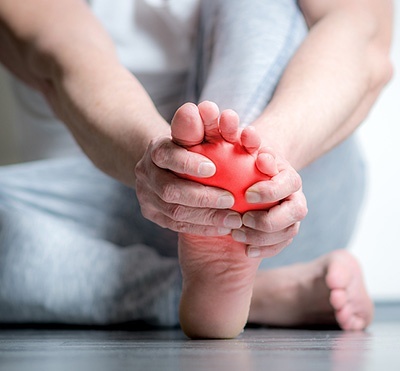
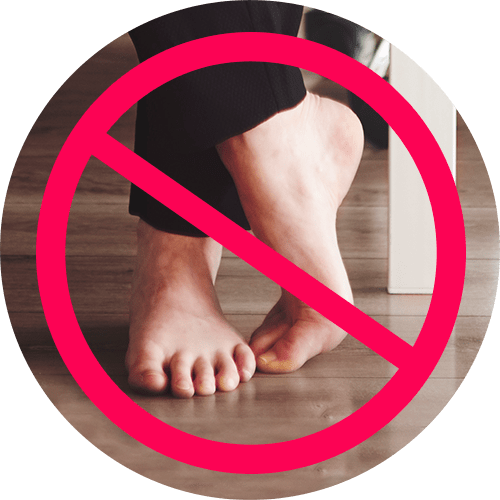
“Never walk barefoot, as it’s too easy to stub, scratch, or cut yourself. Wear shoes and socks, even in the house.”
Take Foot Health into Your Own Hands
The best hedge against nerve damage or other foot problems is prevention, and that’s where you come in! Inspecting your feet should become a daily habit, like flossing your teeth or wearing sunscreen.
Start by looking for any sign of cuts—even small ones—as well as blisters, redness, swelling, rough skin, warm spots, or nail problems. Depending on your flexibility and your eyesight, you might find it helpful to use a hand mirror and a magnifying glass to check the bottoms of your feet.
If you have diabetes, make these foot health habits part of your routine:
- Wash, don’t soak, your feet daily in lukewarm water. Use a soft washcloth, gently pat dry, and be sure to dry between the toes.
- Use a moisturizer daily on your feet, but don’t apply it between the toes, as that could cause a fungal infection.
- Cut the nails with care, using a toenail clipper, but avoiding cutting too close.
- Smooth the edges of the nails with a nail file.
- Never walk barefoot, as it’s too easy to stub, scratch, or cut yourself. Wear shoes and socks, even in the house.
- Avoid tight socks and plastic shoes that prevent your feet from breathing.
Before you put them on, check the insides of your shoes for pebbles or other bits that could rub. - If your tootsies get cold overnight pull on some comfy socks, rather than use a heating bad or hot water bottle.
- Please, no DIY on corns or callouses! Let your care team treat these safely. If the doctor says it’s OK, you can smooth any rough areas after showering with a pumice stone. But be careful to rub gently.
- Make sure the doctor examines your feet during every visit.
Time to Wiggle!
A good blood supply is essential to keeping your feet—and all body parts for that matter—healthy. Here are some tips to improve your blood flow.

Get physical. Choose activities that are easy on the feet, like walking, dancing, yoga, swimming, or cycling.

Put your feet up when you’re sitting.
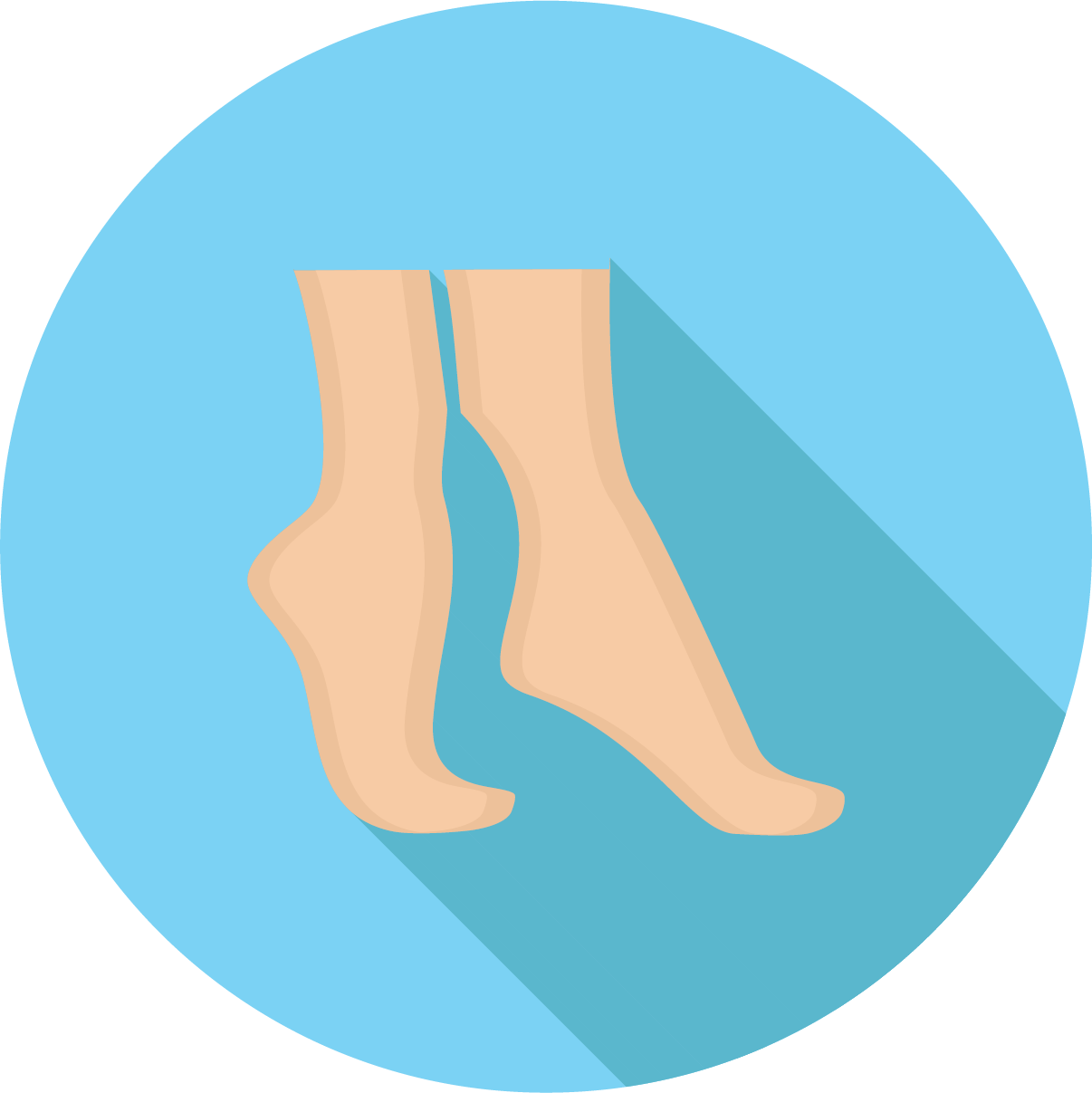
Wiggle your toes for a few minutes several times a day. Then move the ankles up and down, and in and out. It’s easy to do while you’re sitting at your desk or watching TV.

Stop smoking, as it can restrict the amount of blood flowing to your feet.
HCD Helps You Put Your Best Foot Forward
Living well with diabetes is absolutely in your control. But there’s homework involved! Being vigilant about taking your medications and following a diabetic food plan is an essential starting point, but it goes beyond meds and meals. You also need to stay alert to changes in your feet and let a member of your healthcare team know if something needs attention.
It takes a village to keep you living your best life with diabetes, and HCD is honored to be part of that village! We are your trusted partner for insurance-covered medical supplies. Our friendly, experienced customer service team will work with your doctor to determine what you need and will even manage the paperwork. Within a few days of getting approval from your insurance company and healthcare team, the supplies you order by phone, text, or online will arrive at your door, no shopping required! Read more about how HCD’s process works.

Get Insurance-Covered CGM & Diabetes Supplies
Monthly Deliveries | We Handle the Paperwork
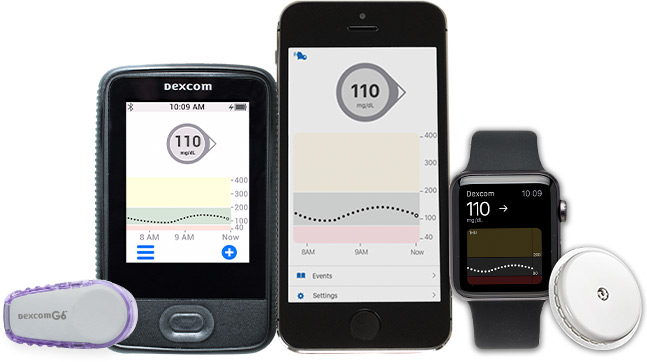
Disclaimer:
Unless otherwise noted, the recommendations in this document were obtained from the sources indicated. Be advised that information contained herein is intended to serve as a useful reference for informational purposes only. HCD cannot be held responsible for the continued accuracy of or for any errors or omissions in the information. All trademarks and registered trademarks are the property of their respective owners.
